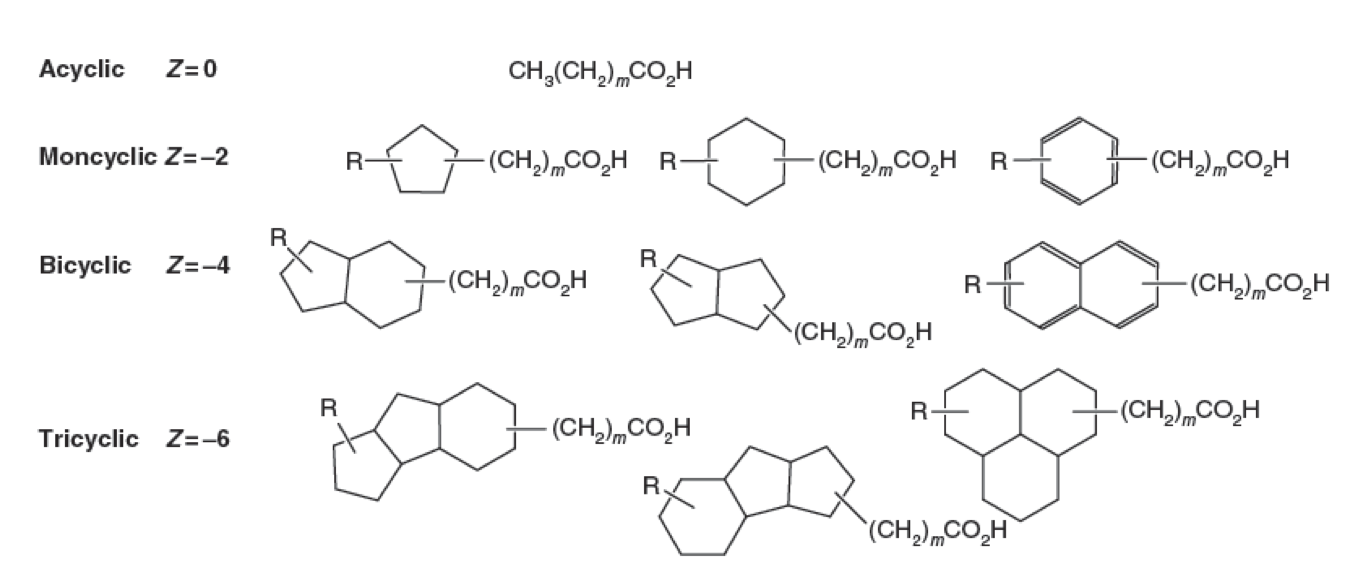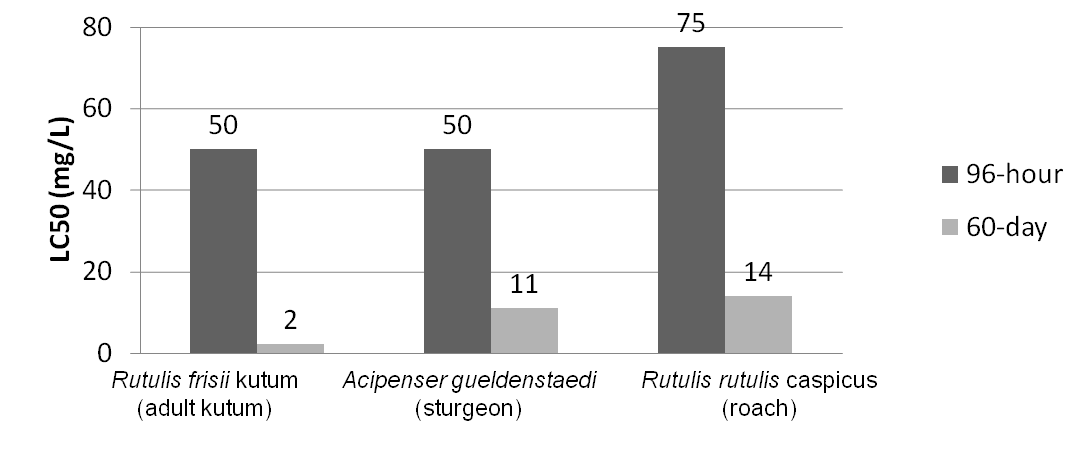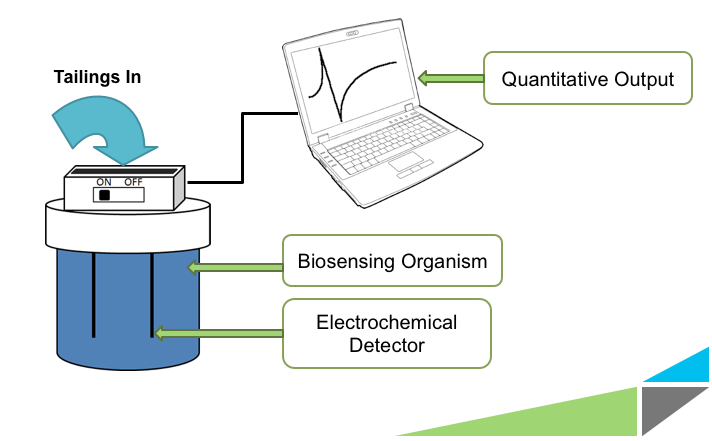Team:Calgary/Project
From 2011.igem.org









A Biosensor for Naphthenic Acids

Naphthenic Acids in the Oil Sands
Naphthenic Acids (NAs) are a group of recalcitrant, hydrophobic, compounds which may contain a variety of structures. All napthenic acids contain a conserved carboxylic acid group followed by a hydrocarbon chain. Attached to this hydrphobic chain can be between one and four hydrogenated ring systems. The classification of what defines a napthenic acid has been of great debate in the scientific community, but there diversity has made them difficult to better understand them. NAs are natively found in oil sands deposits and their surfactant quality contributes to a higher efficiency of oil sands recovery in the hot water extraction process. The majority of the NAs end up in large tailings ponds with the water used in the bitumen extraction process. The NAs continuously accumulate in these large tailings ponds along with other wastes generated in the bitumen extraction process which are left to settle to the bottom of the pond.
The Toxicity of Naphthenic Acids
Unfortunately NAs are a contributor to corrosion in equipment and pipelines. In addition, their surfactant nature also makes them toxic as it allows them to pass through cell membranes and adversely affect a plethora of local organisms. The higher the concentration of the NAs in the environment the greater the potential harm to the local ecosystem.
Monitoring Naphthenic Acids
Having the ability to monitor the levels of NAs is mandated by Canadian law and would be useful in assessing whether or not any future detoxification or remediation efforts are effective. Other applications including examining the surrounding areas for seepage of NAs into ground water, and examine . Currently, the only ways to test for the presence of NAs are mass spectrometry and gas chromatography. These methods are both costly and inconvenient since samples must be taken off site for processing and interpreting results would take time. The University of Calgary’s iGEM team is working on developing a novel electrochemical biosensor which would allow for convenient on site monitoring of NAs. Certain components of the system would be re-useable while the actual bacteria involved in the sensing would be disposed after use.
Engineering the Biosensor
Engineering the biosensor involved three main components: finding an appropriate sensory element, characterizing a novel reporter and selecting and designing tools for an appropriate chassis for our system. Information on the sensory element can be found on our Promoter Project page. More details on our reporter can be found on the Reporter Project page. More details on our chassis can be found on our Chassis Project page.

 "
"










